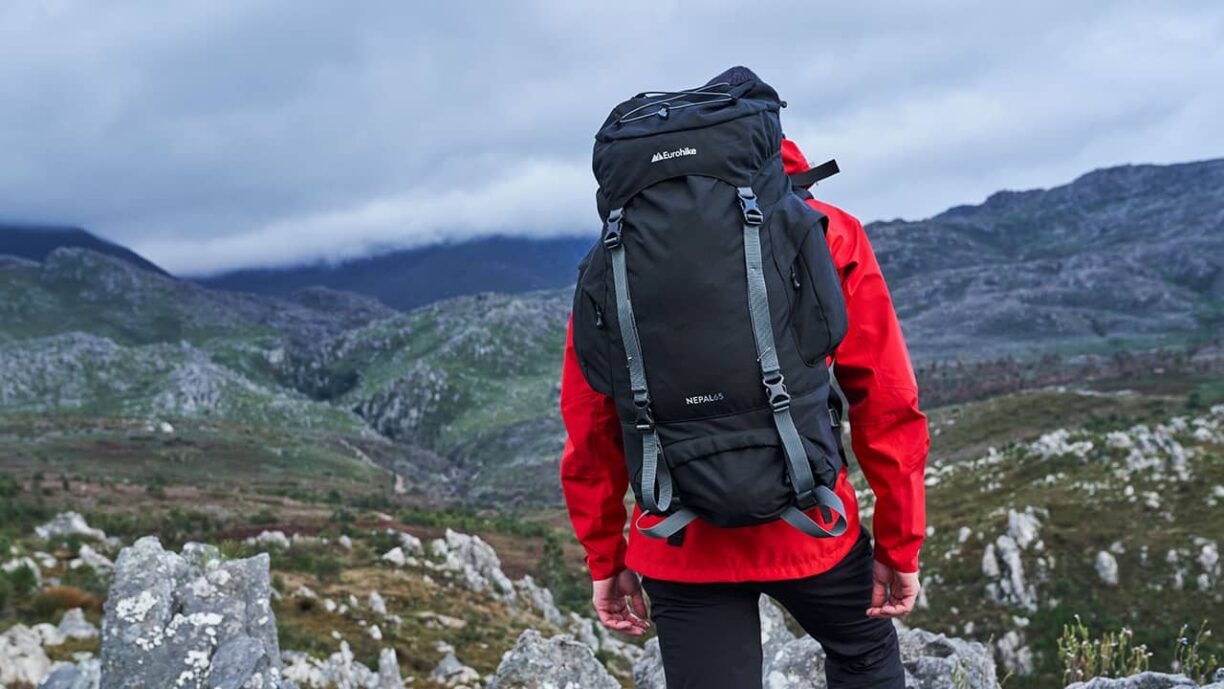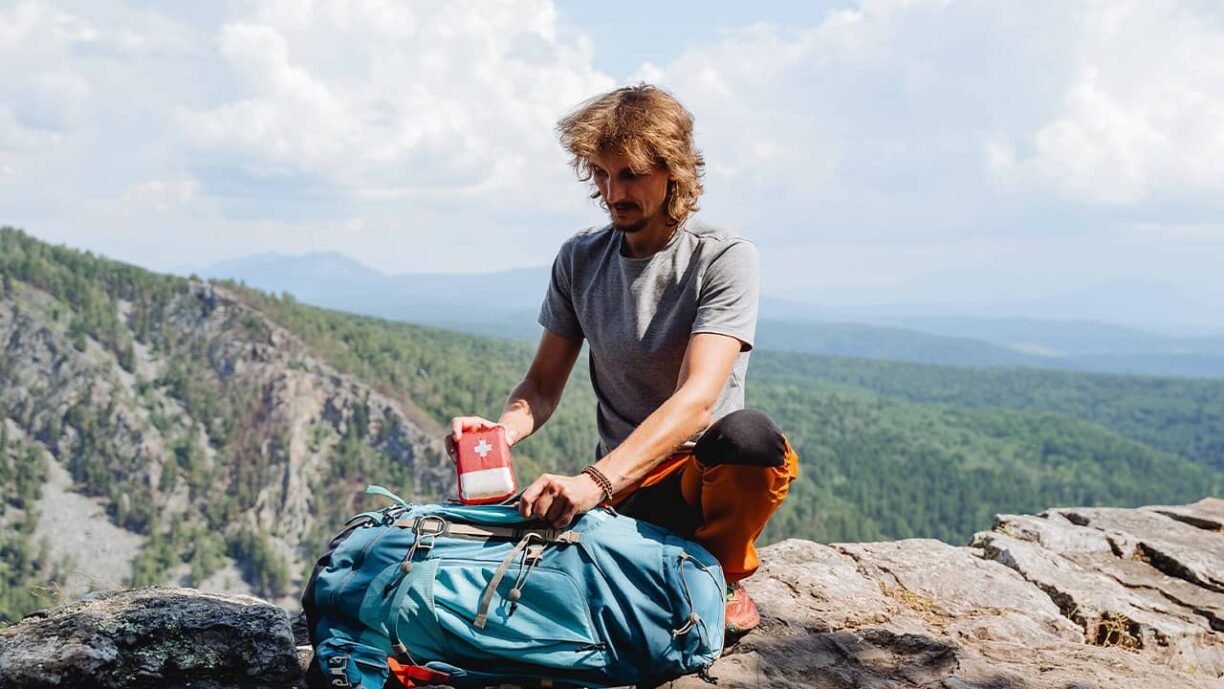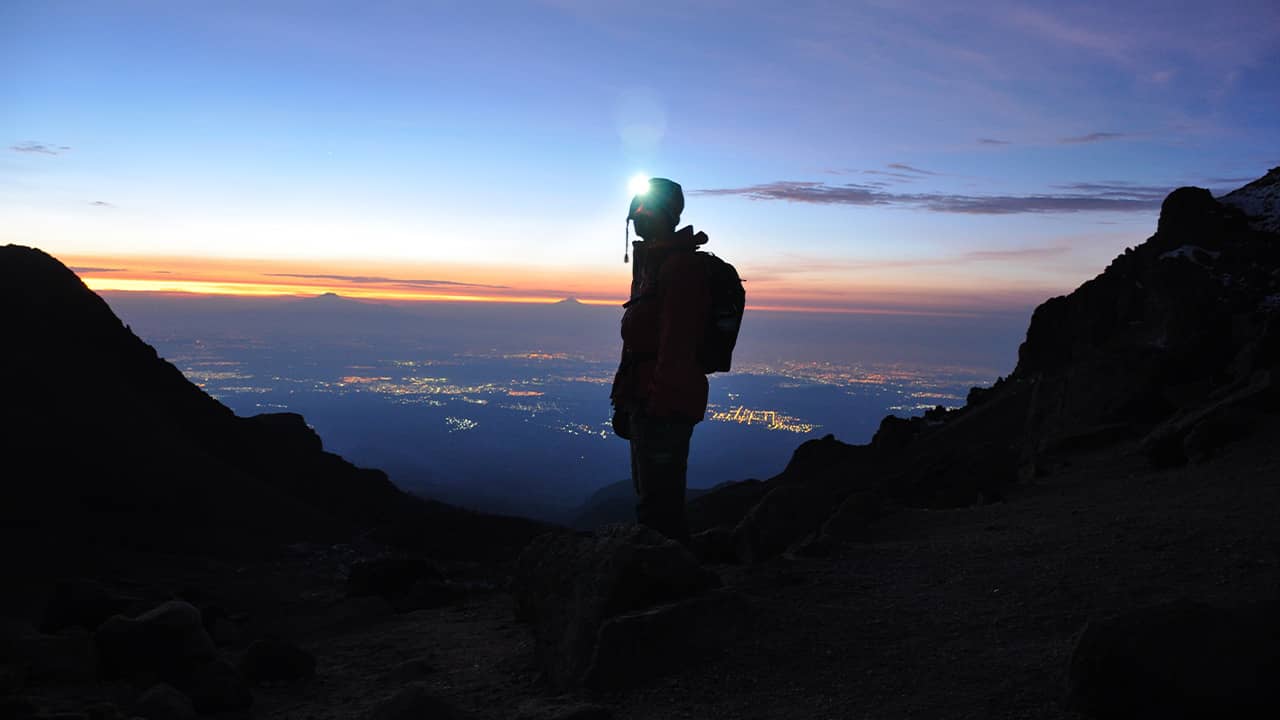As people begin to take up their New Year’s resolutions, searches for hiking have increased by 40% in the past three months. But you must be careful when hiking in January’s unpredictable weather.
With this in mind, I spoke with the hiking experts over at Blacks who supplied me with a helpful guide on the best products to take with you when hiking during bad weather, and how best to stay safe when heading outdoors during the winter months.
How to prepare for hiking in bad weather:
- Appropriate Footwear
Comfortable shoes are essential on a hiking trip, especially when tackling difficult landscapes that may be damp or wet.
You can determine what shoe you need based on the terrain of your outdoor adventure. On easy trails, hiking shoes would be sufficient, but a good pair of hiking boots will provide more support for more advanced trails where the elements may play against you, such as the Yorkshire Three Peaks.
Make sure to wear your walking footwear on small journeys before heading out on a hike, to break them in a little and avoid rubbing.
- Rucksack

A rucksack is essential if you’re going on an outdoor adventure in harsher conditions. While it may seem like an obvious item, people can often choose the wrong size and type for what they need.
When hiking in wet and windy weather, opt for one that is a minimum of 40 litres so you are able to pack bulky items, such as large insulated clothing, as well as cookware and a tent if needed.
A cover for your rucksack is also recommended to prevent your belongings from getting wet. If you are not planning on staying the night in the great outdoors, a 20 to 30-litre rucksack will be sufficient.
- Tent
If you are staying overnight, a warm place to rest will make the trip that much more enjoyable as you take a break from the cold.
When buying a tent, make sure you consider one that sleeps at least 1 person up from how many people will be sleeping in the tent.
This will ensure you have plenty of space for all of you and your gear inside. A good quality water-resistant tent is recommended for rainier and colder weather, as well as a plug-in heater if you have the luxury of an electrical supply.
- First-Aid Kit

The nature of the mountains makes them quite unpredictable; with the uneven ground and ever-changing weather there is always a possibility that you could get hurt.
Keeping a first aid kit in your rucksack is very important. Some essentials to keep in your kit would be things such as sterile dressings, bandages, cleansing wipes, gauze pads, adhesive tape, scissors, pins and an aluminium blanket.
- Plenty Of Drinkable Water
Hiking is thirsty work. When navigating tricky territory or turbulent terrain, it’s easy to become dehydrated. Make sure you have enough water for the day and then a little extra.
Water bladders can help keep you hydrated since the pipe on your shoulder is easier to get ahold of when you need a drink.
Filtered water bottles are super handy because they can be filled up in mountain streams or rivers, making them practical for even the most thrilling adventures.
- Layers
The ideal clothing for hiking is made of high-wicking materials, which draw sweat away from the body. Cotton t-shirts are a no-go as they absorb sweat and can become wet and heavy.
It is advised to carry a mid-layer as well, in case the temperature changes. When it comes to pants, go for more lightweight, quickly-drying hiking pants or leggings.
- Down-Insulating Jackets For Colder Climates
The mountains can be a very cold place, especially as we head towards winter. The air temperature tends to cool quickly & the wind can get very strong.
For this reason, it is recommended that you carry at least one extra layer, such as an insulating jacket, to keep you warm if the temperature drops. And, it would be wise to pack a pair of gloves and a hat to keep your extremities toasty.
- Packable Waterproof Jacket For Hot/Changeable Climates
Waterproofs are always a must. It doesn’t matter what the weather forecast says because UK weather can change in an instant.
For this reason, it is recommended to take packable waterproofs, including a waterproof jacket. It’s also worth considering a pair of waterproof overtrousers because t-shirts may dry quickly, but jeans certainly do not!
- Torch Or Head torch
A torch is essential, especially in the winter months when the days get shorter and nights draw in quicker. They are a very handy tool when in the great outdoors.
A head torch can help navigate those late-night toilet trips, or if the hike takes longer than expected and you get caught in the dark. Torches can also be hung inside the tent when camping.
- Sunscreen
It’s a common misconception that sunscreen isn’t needed in autumn and winter but despite this, UV rays can still pass through clouds and cause damage to your skin.
The last thing you want after a big day on the hill is an irritating sunburn. So make sure to wear a high-quality SPF and protect yourself from the harsh rays of the sun.





